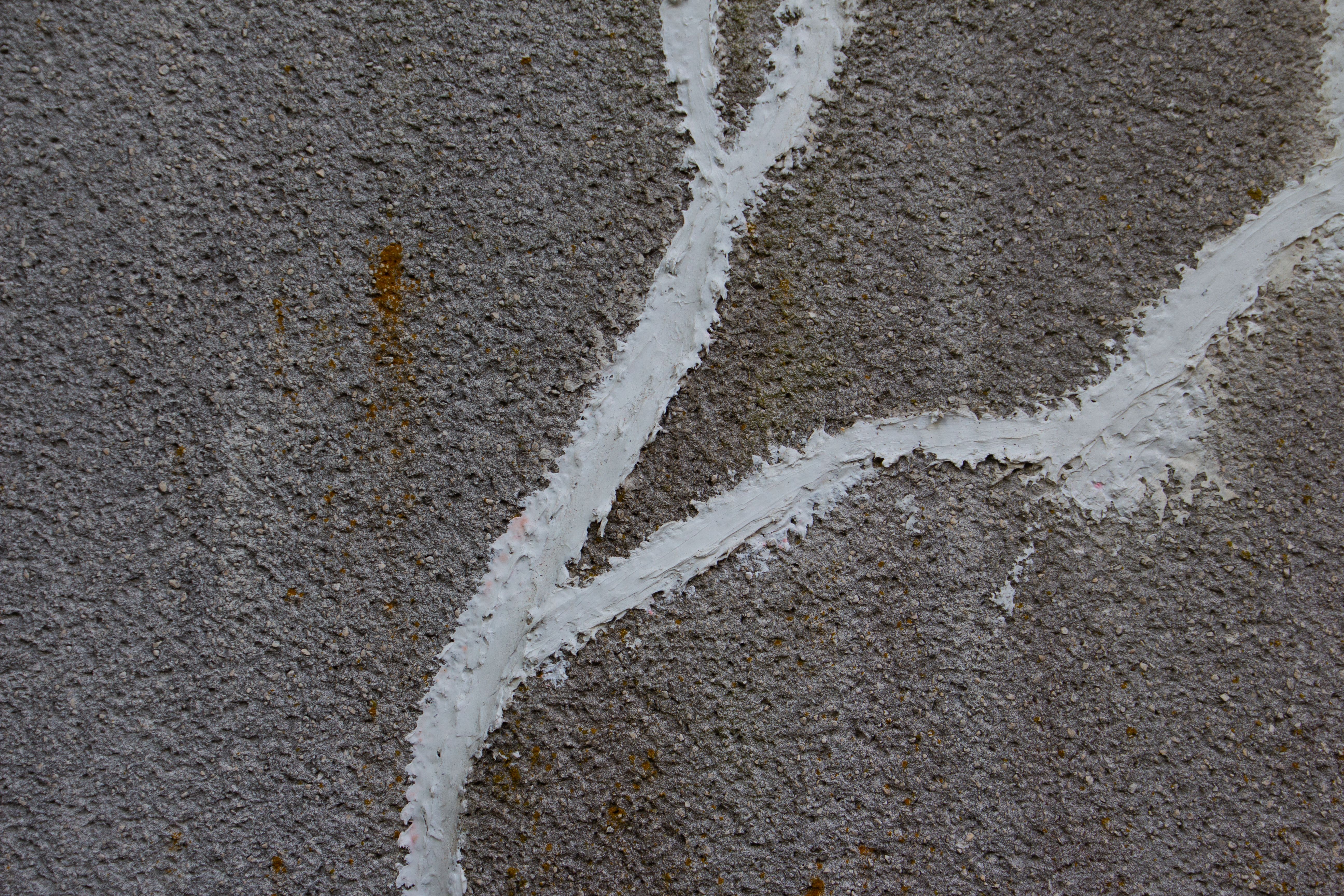Interlaboratory Comparison Validates Laser-Induced Breakdown Spectroscopy for Quantitative Chlorine Analysis in Cement Pastes
A recent interlaboratory comparison study validates the accuracy and reliability of laser-induced breakdown spectroscopy (LIBS) for quantitative chlorine analysis in cement pastes, highlighting its potential for assessing chloride ingress in concrete structures.
Researchers at Bundesanstalt für Materialforschung und - prüfung (BAM) in Berlin, Germany, recently conducted an interlaboratory comparison to evaluate the accuracy and robustness of laser-induced breakdown spectroscopy (LIBS) for quantitative chlorine analysis in cement pastes. The study, published in the journal Spectrochimica Acta Part B: Atomic Spectroscopy, involved 12 laboratories from 10 countries (1).
Concrete wall with crack repaired with white concrete patching putty | Image Credit: © Robert Knapp - stock.adobe.com

LIBS is a technique used to measure chlorine in concrete. In LIBS, a high-energy laser pulse is directed at the concrete surface, causing a tiny plasma spark to form. This spark emits light, and the emitted light is then analyzed to determine the elemental composition of the sample. Chlorine atoms present in the concrete produce characteristic spectral lines when excited by the laser pulse. By analyzing the intensity of these spectral lines, LIBS can quantify the chlorine content in the concrete. LIBS offers advantages such as high spatial resolution and minimal sample preparation, making it a valuable tool for assessing chloride ingress and monitoring the condition of concrete structures.
Chlorine ingress in concrete structures can lead to significant damage, such as pitting corrosion of rebars within the porous concrete matrix. Monitoring and quantifying the chlorine content is crucial for assessing the condition of concrete structures. LIBS has emerged as a promising technique in civil engineering for detecting chlorine in concrete, offering high spatial resolution and minimal sample preparation requirements compared to conventional wet chemistry methods.
The interlaboratory comparison aimed to assess the accuracy and reliability of LIBS for chlorine analysis in cement pastes. Two sets of samples were prepared, with varying Cl content ranging from 0.06 to 1.95 wt% in the training set and 0.23 to 1.51 wt% in the test set. The samples also included variations in the type of cement used and the source of chlorine (salt type).
The results of the interlaboratory comparison demonstrated the suitability of LIBS for the quantification of chlorine in cement pastes. The average relative error was consistently below 15%, indicating good agreement between the LIBS measurements from the participating laboratories. Importantly, the laboratories were not given specific instructions on how to perform the analysis or process the data, reflecting the true status quo of the LIBS method.
The findings affirm the reliability and potential of LIBS as a valuable tool for quantitative chlorine analysis in cementitious materials. Its high spatial resolution makes it particularly useful for analyzing heterogeneous concrete samples, while the minimal sample preparation required simplifies the analysis workflow.
By providing accurate and rapid results, LIBS can contribute to the assessment of chloride ingress and aid in the maintenance and preservation of concrete structures. This interlaboratory comparison study conducted by BAM and international collaborators adds to the growing body of evidence supporting the application of LIBS in civil engineering and underscores its potential for widespread adoption in the field.
Reference
(1) Völker, T.; Wilsch, G.; Gornushkin, I. B.; et al. Interlaboratory comparison for quantitative chlorine analysis in cement pastes with laser induced breakdown spectroscopy. Spectrochimica Acta Part B: At. Spectrosc. 2023, 202, 106632. DOI: 10.1016/j.sab.2023.106632
Laser Ablation Molecular Isotopic Spectrometry: A New Dimension of LIBS
July 5th 2012Part of a new podcast series presented in collaboration with the Federation of Analytical Chemistry and Spectroscopy Societies (FACSS), in connection with SciX 2012 — the Great Scientific Exchange, the North American conference (39th Annual) of FACSS.